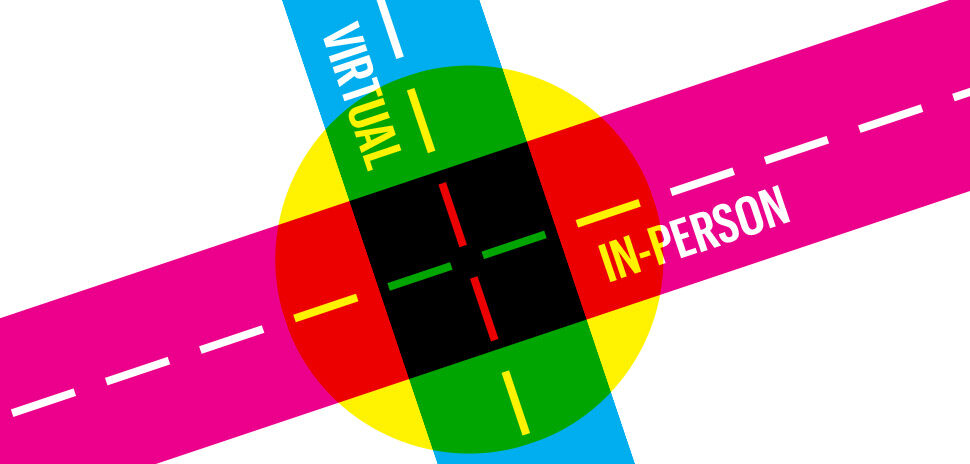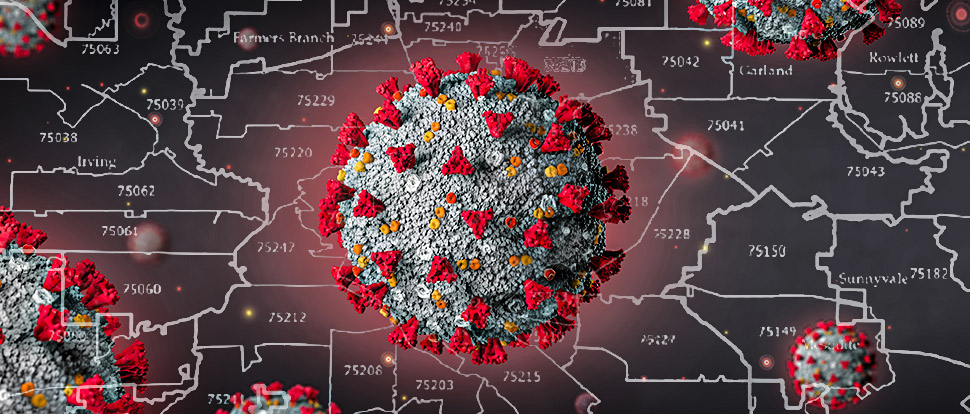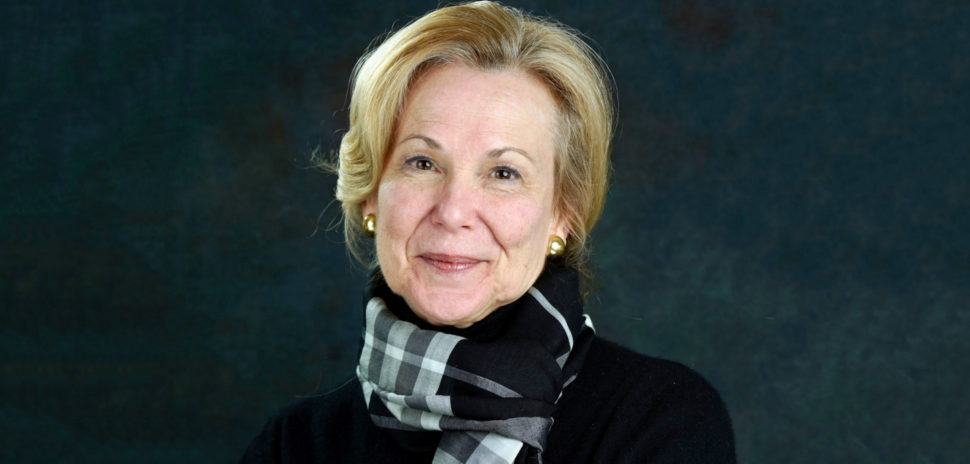Many Americans have been sheltering in place for a month now. The social distancing guidelines designed to save lives have brought us face to face with the deep social inequities in our society. The COVID-19 global pandemic has separated our society into one of two categories: the “havers” and the “doers.”
A “haver” is a person with the luxury of a job that allows them to work from home, home-school their children and binge-watch Tiger King on Netflix. Havers can choose to stay home and protect themselves from COVID-19, while the doers don’t have these same options. A “doer” is an “essential worker” who may be caring for the sick, cleaning our hospitals or delivering groceries and food. These doers are struggling to find child care, let alone home-school their children while trying to remain socially distant. They are disproportionately in danger of contracting COVID-19, putting their lives on the line because they need to support themselves and their families.
When you consider that just one in five African-Americans and one in six Hispanics has a job that lets him or her work from home, we can quickly surmise that doers are mostly people of color, leaving an already marginalized population at even greater risk by exposing them to the virus.
New research is now showing that this pandemic is taking a disproportionate toll on low-income Americans and people of color. Last week, Dr. Anthony Fauci, director of the National Institute of Allergy and Infectious Diseases, said that African-Americans “are suffering disproportionately” and there are multiple reasons for this, such as higher rates of asthma and the likelihood of living in densely populated areas. But these groups’ inability to shelter in place because of work only heightens their risk.
National emergencies have a way of exposing and exacerbating our existing challenges as a society. In many ways, they force us to look in the mirror and see ourselves in a way that asks, or even begs, us to change. I know that it’s very difficult to solve a problem that was systemically created hundreds of years ago. But what can we learn today, that we can put into practice tomorrow? What can we do to move closer to equality in the American workforce when this pandemic ends? Consider:
- Implementing nationwide paid sick leave. The importance of paid sick leave has never been more pronounced than during this pandemic. Workers who fear losing pay, or their jobs, if they fail to show up for work are more likely to ignore the first signs of the infection, such as a cough or fever. And yet, a large percentage of U.S. workers lack access to paid sick leave. According to Pew Research, only 43 percent of part-time workers get paid sick leave and when it comes to the bottom 10 percent of income earners, fewer than one in three have this benefit. Additionally, disparities in access to paid sick leave disproportionately exposes Latinx and Black workers to increased risk of illness. Nearly half of Latinx workers and more than one-third of Black workers report having no paid time away from work of any kind.
- Paying a livable wage. It is a sad commentary that the very workers saving lives and keeping the economy afloat are the same workers that many elected officials do not feel should be paid a livable wage. Without financial security, families are not able to be safe during a pandemic. Lower-income people are less likely to have savings to fall back on in such a time – and because of the racial wealth gap in America, black and Latino families are less likely than white Americans to have a safety net. While the median wealth for white Americans was $171,000 in 2019, it was just $17,600 for African-Americans.
- Bridging the technological divide. Sixty million Americans don’t have access to—or can’t afford—broadband internet. That represents 23 percent of people in urban areas, and 28 percent of Americans in rural areas. I firmly believe that technology fuels inclusion. How can we foster equality between the doers and the havers until the doers have equal access to the internet? How can we expect doers to have the information that will keep them safe? And how do we ever expect the children of doers to learn from home during a pandemic without access to technology? Bridging the technological divide will provide access to education and job opportunities, leading to greater equality across the board.
To be clear, the world needs havers and doers. And certainly, havers are doing valuable work too, as we all adjust to this new normal. Each role is vital to the American economy. But the disparity between the haver and doer roles shouldn’t represent the difference between life and death. On the other side of this pandemic, we have an opportunity to lessen inequality in our workforce. What business leaders and lawmakers learn from the crisis will help heal the divide and place equal value on both the havers and the doers.
Mandy Price is the CEO of Kanarys, a tech platform for diversity and inclusion in the workplace.
![]()
Get on the list.
Dallas Innovates, every day.
Sign up to keep your eye on what’s new and next in Dallas-Fort Worth, every day.

































